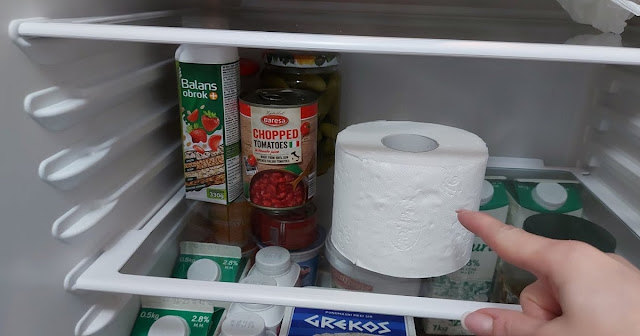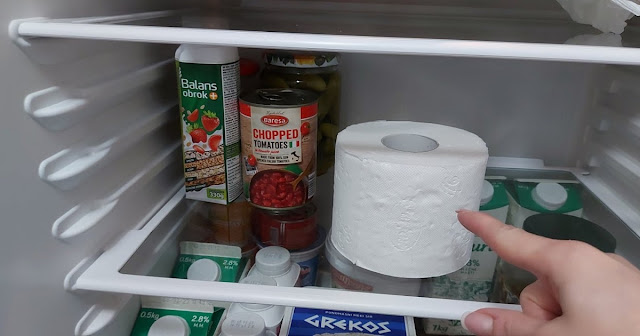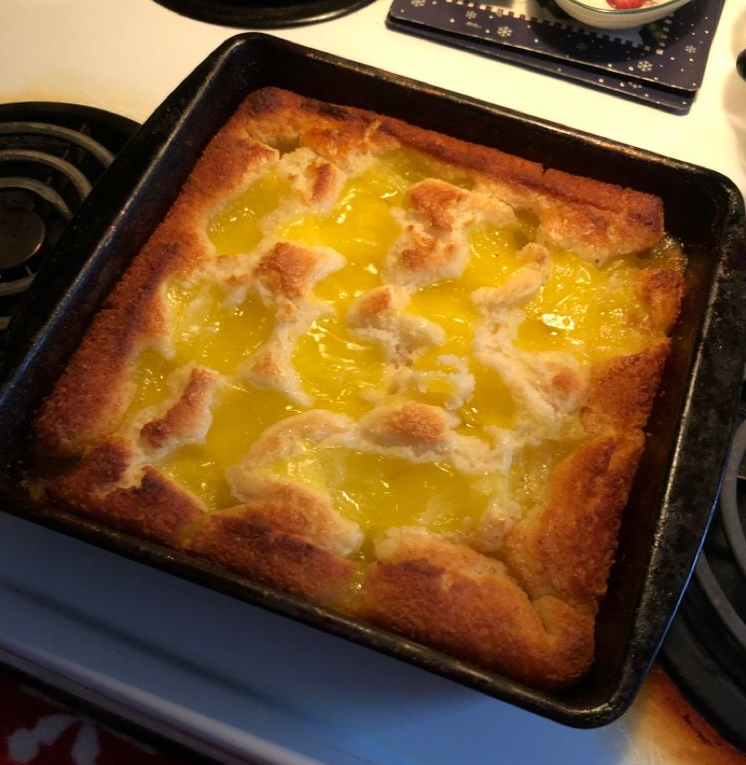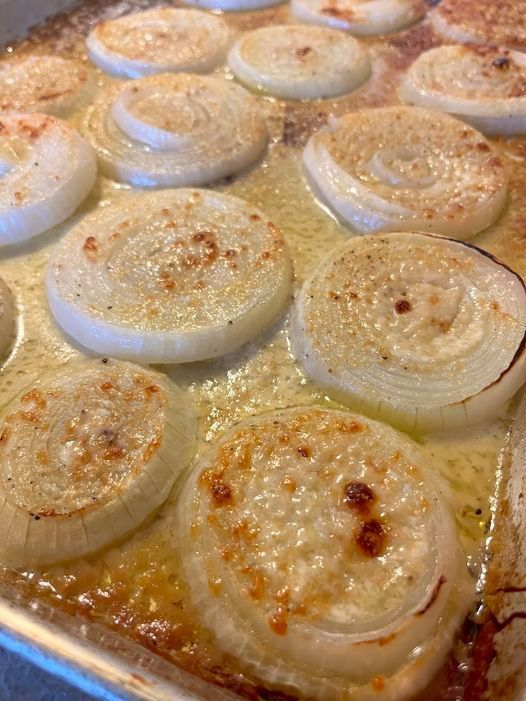
The Southern Way to Savor Watermelon: A Pinch of Salt
Watermelon, a symphony of juiciness and sweetness, is a quintessential treat for summer lovers globally. But in the Southern U.S., there’s a fascinating twist to relishing this fruit – a dash of salt atop its bright red flesh. While it might strike outsiders as peculiar, salting watermelon is a deep-rooted Southern gastronomic tradition.
Why Salt on Watermelon? Tracing the Legacy
The ritual of salting watermelon is embedded in the South’s culinary tapestry. The exact origin remains elusive, but it’s often linked to the desire to amplify the fruit’s essence in the sweltering Southern climate. Salt, nature’s flavor enhancer, was found to intensify watermelon’s inherent sweetness. Thus, what might’ve started as a culinary experiment, anchored itself as a cherished ritual in Southern summer feasts.
Sweet and Salty: The Science of the Palate
It might seem paradoxical to sprinkle salt over sweet watermelon. But science offers clarity. Salt diminishes bitter notes while elevating sweet perceptions. By adding salt, the watermelon’s juices mix with it, leading to an exquisite blend of briny-sweet flavor, providing a sensory delight.
Mastering the Art of Salting
Though the concept is straightforward, there’s nuance in execution. Some choose a delicate sprinkle, allowing a gentle flavor dance, while others opt for a bolder salt presence to accentuate the sweet-salty interplay. No hard and fast rule exists; it’s about one’s palate. Adventurous souls might even introduce lime zest or chili nuances.
An Emblem of Southern Warmth
Offering salted watermelon is more than just serving a snack; it’s an emblem of Southern cordiality. From serene family picnics to lively barbecues, the presence of watermelon is almost ceremonial. This custom often traverses family lines, binding generations through a shared, cherished memory.
A Tradition Beyond Borders
Though deeply Southern at heart, the allure of salted watermelon isn’t geographically confined. With cultural exchanges and culinary adventures becoming commonplace, this unique Southern gem has found aficionados far and wide. Today, various food fests and stalls, influenced by Southern flavors, have embraced salted watermelon as a signature offering.
A Pinch of Tradition, A World of Flavor
To outsiders, salting a watermelon might be a quirky culinary choice, but for those in the know, it’s a treasure trove of Southern heritage. It’s more than just food – it’s nostalgia, bonding, and a gastronomic journey that bridges the past with the present. Whether you’re a seasoned devotee or a curious novice, sprinkling salt on your next watermelon slice might just be the flavor explosion you never knew you needed. Embrace the South’s little secret and let your taste buds embark on a delightful adventure.
Credit: happycoking










